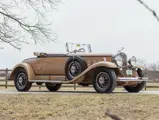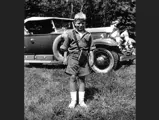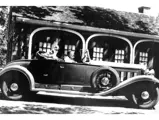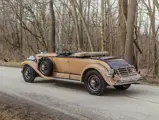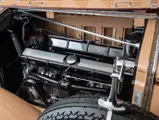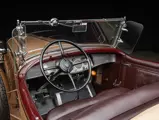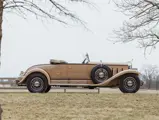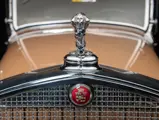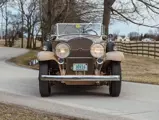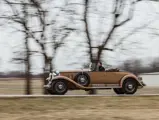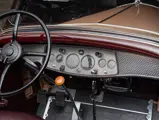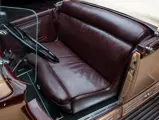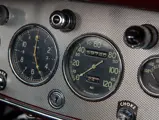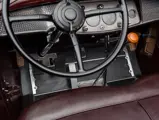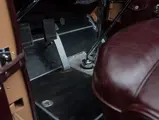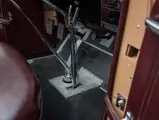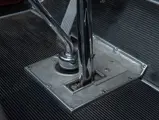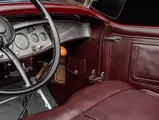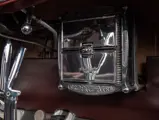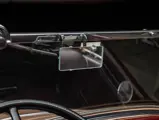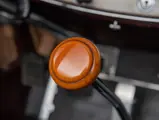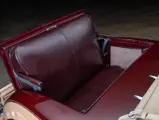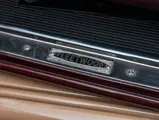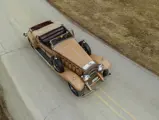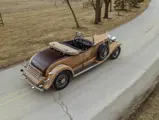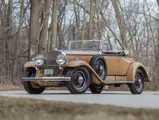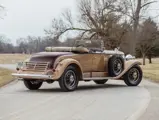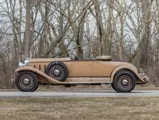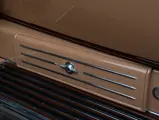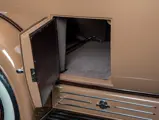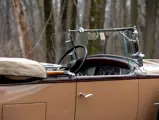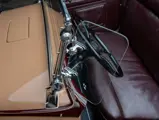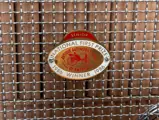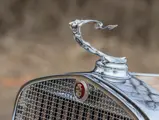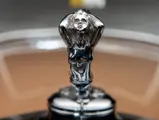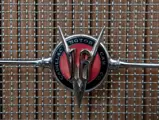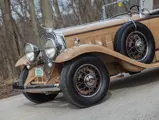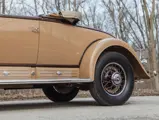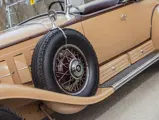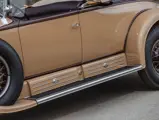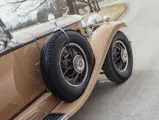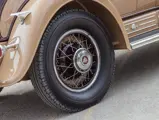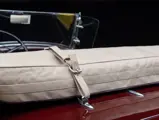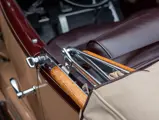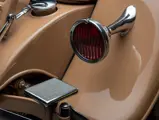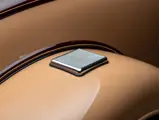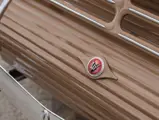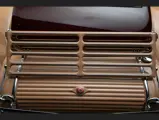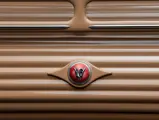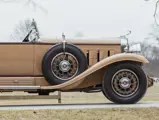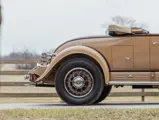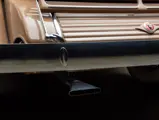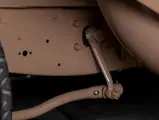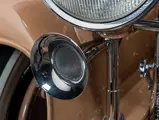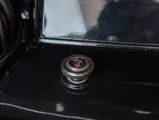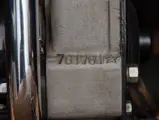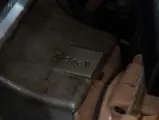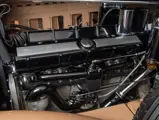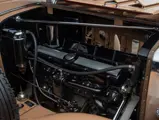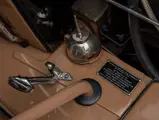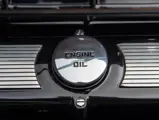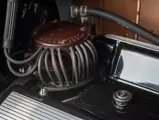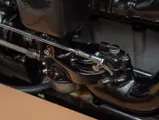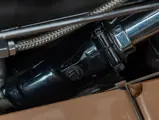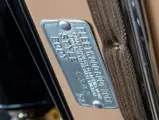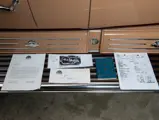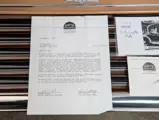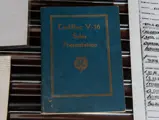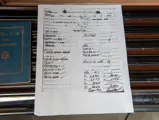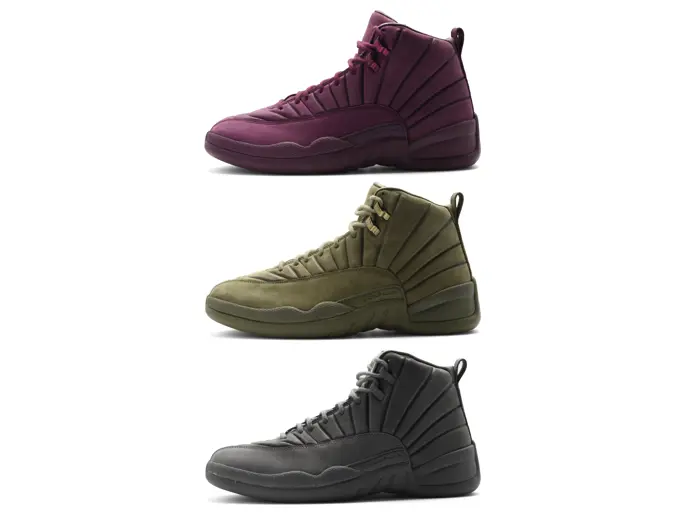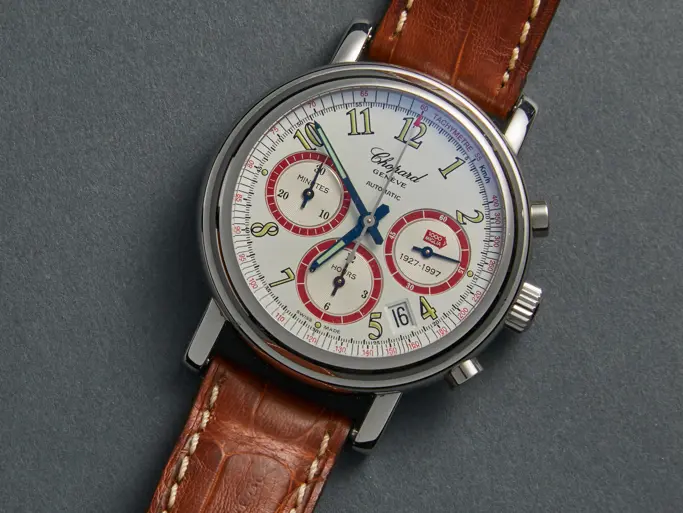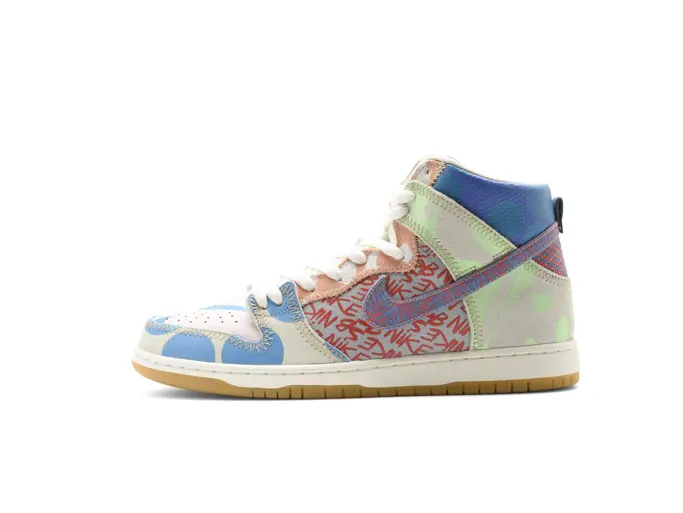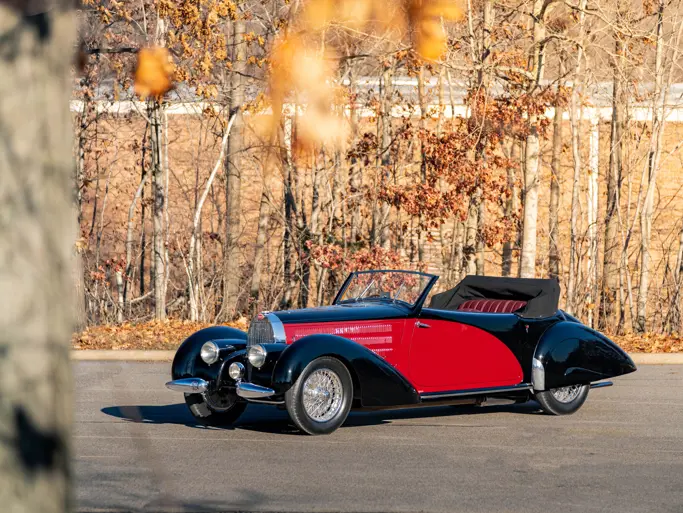Amelia Island 2023
1930 Cadillac V-16 Roadster by Fleetwood
Offered from A Private Collection
{{lr.item.text}}
$1,105,000 USD | Sold
 | Amelia Island, Florida
| Amelia Island, Florida
{{internetCurrentBid}}
{{internetTimeLeft}}

- “The Moir V-16,” one of the very finest surviving examples
- Single-family ownership from 1933 to 2014
- Retains numbers-matching engine and coachwork
- Well-preserved restoration in the original color scheme
- Seldom shown publicly over the last nine decades
- A Classic Car Club of America (CCCA) Full Classic
In 1933, John Moir, Sr., bought himself a used car. As Mr. Moir was of the family that had owned the Chase & Sanborn coffee company, and sold it quite profitably to General Mills, this might seem an unusual acquisition. It is true that he got a bargain, as his son later reflected, but in typical fashion for a man whose earlier road car had been a French Brasier, it was no usual automobile. It was the finest America had to offer: a Cadillac V-16 roadster, seating two passengers behind its 452-cu. in. powerplant on a 152-inch-wheelbase chassis.
The car had been local; its build sheet indicates delivery to the Fitzhenry Cadillac Company of Worcester, Massachusetts, with the notation “Tag Whittall.” The Whittall family owned all of the mills in that area of the Bay Store, and had the abundant funds needed to easily acquire a new V-16 roadster, likely the grandest automobile in Worcester—or, more likely Shrewsbury, where they had their “summer place,” the 100-acre spread known as Juniper Hall. It is believed that Matthew Whittall, Jr., heir to the family businesses, was the Cadillac’s original owner of record, his father having passed in 1927.
John Moir, Jr., recalled his father telling him that the Cadillac’s original owner also had a second V-16 sedan or limousine, used with a chauffeur, while Mr. Whittall drove the roadster. So the story goes, the performance of the roadster spooked Mr. Whittall, leading it to be exchanged for a more sedate Ford. Yet the financial pressure of the Great Depression—or the social pressure of not wanting to be seen driving such an extravagant conveyance—may have also forced the car’s exchange into the Baker Ford Company of Brookline within three years. As John Moir, Jr., wrote in his handwritten recollections, “in 1933 big, gas guzzling cars were hard to sell, so Dad got a bargain.” The elder Moir reportedly paid $500 for what was a nearly new automobile, which he drove until World War II made such transportation impractical for anyone.
With the coming of peace, in 1946 the car was gifted to John Moir, Jr., who used it for his trips to school at Harvard College for 3 1/2 years, then for a year to commute to his office at the Museum of Science in Boston. In 1950, his father insisted that he upgrade to a more suitable car for a young man to drive in Boston traffic, and an AC Buckland tourer was soon ordered. However the Moirs were a family that, once they acquired something, seldom parted with it, and the Cadillac would prove no exception.
The $500 purchase and onetime college car slumbered in original condition until the early 1990s, when John Jr. sent it to Curt Hardee of Hoosett, New Hampshire, for restoration in “the only colors it has ever worn,” Boone Brown and Thorne Maroon. The appearance was spiffed up slightly with the addition of a radiator stone guard, but otherwise the car remained true to its delivery and unimpeachably authentic, retaining every original component save only the radiator “Goddess,” whose pot metal crumbled, and the mirrors on the side-mount spares, replacements for long-ago-purloined originals.
John Moir, Jr. was not one to seek concours trophies. While it did score 98.25 points and receive its Primary First Prize in CCCA competition in 1997, the V-16 roadster seldom ventured out of the climate-controlled “Caa’ Bahn” on his family’s property in Chocorua, New Hampshire. His love of the Buckland tourer that replaced it as his everyday automobile led him to acquire several highly significant ACs, and, more or less for the joy of it, he built the world’s only “A to Z” collection, with one automobile for every letter of the alphabet. “C” was, of course, ably represented by the car that had been in Chocorua longer than any other.
In 2014, John Jr.’s advancing age led him to part with his treasured collection, including the V-16 roadster, which had by that point been in single-family ownership longer than almost any other—81 years! It was at that poignant moment that the car bought in 1933 for $500 was acquired by the current owner; reflecting on the transfer of ownership, John Jr. stated, with typically wry humor, “I think we made a profit.”
Well-preserved now as then, the roadster continues to present beautifully, with its carefully applied finish unmarred, and the interior in excellent condition; both the undercarriage and engine compartments are tidy and attractive, not belying the age of Mr. Hardee’s obviously outstanding work.
In the world of vintage automobiles, there is always a discussion of “the best,” and the certain cars that fit that description are instantly known to their marque’s devotees by simple descriptors, often involving their longest-term caretaker. It is appropriate, then, that this is to the Cadillac community, simply, “the Moir V-16”—one of the very finest examples of the best, sportiest body style, a car beloved and respected by many, perhaps none more than the New England gentleman who treasured it for almost all of his life.

